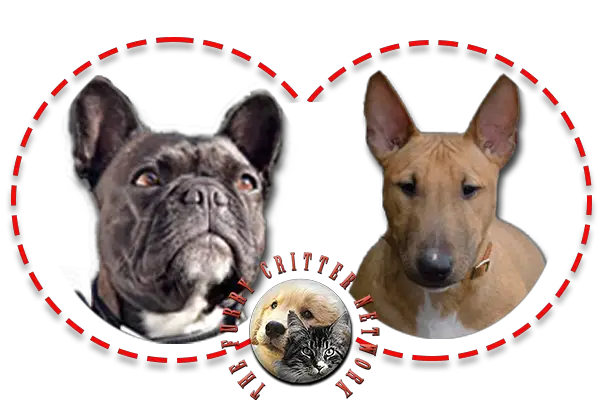Behavior
Like Bull Terriers, Miniature Bull Terriers are loving and, like many terrier breeds, they can be stubborn at times; but despite this they make great dogs for people with limited space.
Miniature Bull Terriers are known to be stubborn and courageous. Despite their diminutive stature, they will readily challenge larger dogs. However, as with any dog, owners can reduce the likelihood of confrontations by providing appropriate training. They are very energetic and playful and love people, but care must be taken as they are variable around other dogs.
Miniature Bull Terriers require little grooming. A quick brushing once a day or a few times a week is sufficient. Sunscreen must be used on any sparse white sections of fur around the face, ears, hindquarters or stomach when outdoors (especially in summer between the hours of 10am and 2pm) to avoid sunburn and cancer.
Miniatures are independent and stubborn and do require a lot of training, particularly early on. They must be heavily socialized at a young age and trained to obey early in their lives. They also are very energetic and seem to be able to play endlessly as puppies. However, as they grow older, they become less energetic. They must be carefully exercised and dieted to avoid obesity.
This breed adapts well to life as a house dog but does not like to be left alone and requires plenty of exercise. Weekly brushing is required.
Health
Miniature Bull Terriers are prone to many health problems (physiologic and psychologic), and anyone considering adopting a bull terrier must be aware of these issues. Deafness occurs in both colored and white Miniature Bull Terriers. Puppies can be born unilaterally deaf (deaf in one ear) or bilaterally deaf (deaf in both ears). Deaf dogs should not be bred due to deafness being hereditary. BEAP (or BAER) testing is done on puppies prior to sale to discover which puppies have hearing problems.
Lethal Acrodermatitis or LAD is a lethal genetic degenerative disease found in Miniature Bull Terriers. It starts appearing in puppies around the age of 4 weeks. The usual black color of affected puppies will start to appear diluted and turn liverish, due to a zinc deficiency which results in a terrible skin condition, dysfunction of their overall system and eventually premature death. A new DNA test was released to test breeding stock and ensure LAD-clear puppies.
Miniature Bull Terriers are also susceptible to having luxating patellas. This is a knee problem common in small dogs. It can be treated by surgery.
Polycystic kidney disease (PKD) and Bull Terrier hereditary nephritis (BTHN) are autosomal dominant diseases. PKD is diagnosed by an Ultrasonic scan by a specialist veterinarian. BTHN is diagnosed by a UPC test. Dogs with a score of .3 or below are considered clear of the disease. Clearing breeding stock prior to use ensures that progeny are not affected with the disease.
Miniature Bull Terriers are also susceptible to eye problems such as primary lens luxation. PLL is a late onset disease which typically affects dogs between the ages of mid 2 and 7. Younger and older cases are known. During September 2009 a definitive DNA test was released by the Animal Health Trust. This test gives three results: Clear, Carrier, or Affected.
Aortic valve stenosis and mitral valve dysplasia are heart diseases. Diagnosis is made by color doppler echocardiography scanning by a specialist veterinarian.
Disorders of the skin of a Miniature Bull Terrier can occur. Pyotraumatic dermatitis (hot spots), allergic reactions, and hives can be problematic.






